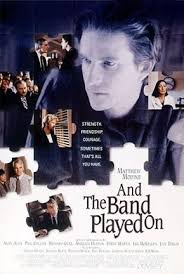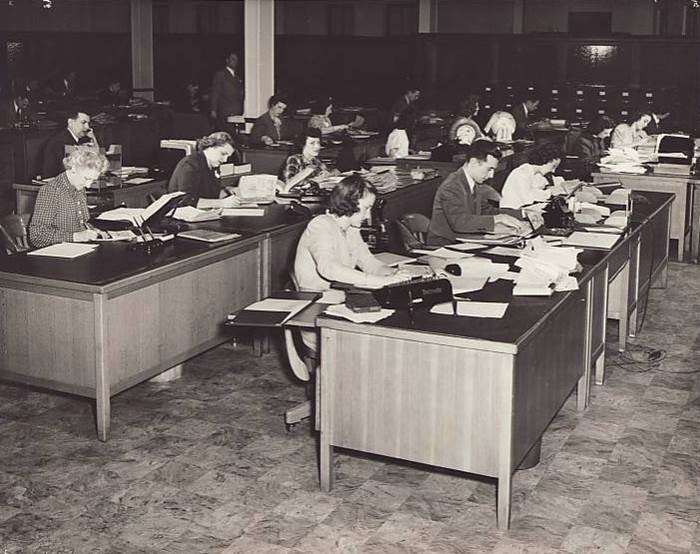By now I am pretty sure you've heard the story of the call center rep at Yelp who was summarily fired after posting an 'open letter' to the CEO claiming (among other things), that the company's failure to pay a living wage was placing her and her colleagues under tremendous financial pressure. Here's a quick two paragraphs from coverage of the letter and the firing from the Washington Post:
The Yelp employee who said she was fired after she blogged about the financial pressures she felt while working for the multibillion-dollar business said Monday that her breaking point came one night when she went to sleep — and woke up "starving" two hours later.
Talia Ben-Ora posted an open letter Friday afternoon to Yelp chief executive Jeremy Stoppelman, saying she wasn't earning a living wage while working in customer support at Eat24, Yelp's San Francisco-based food delivery arm.
She was out of work hours later, she said.
Yesterday at the HR Capitalist, KD had some great takes on the entire Yelp employee hullaballo, but it was this one, KD's point #3 that I found the most interesting and wanted to expand upon a little bit here:
"The company has some responsibility here as well. It's San Francisco, people. Maybe 20K annualized jobs don't belong in the Bay Area. It's called workforce planning - put a call center in Detroit and do some civic good. "
KD is quite correct of course, it doesn't make a tremendous amount of sense to attempt to locate, staff, retain, and motivate the team for a call-center or similar kind of low-wage filled business operation in one the most expensive cost of living places in the world.
Heck, there have been reports that teachers, police officers, nurses and many other professionals can't afford to live in San Francisco or the nearby cities and towns that the tech boom in Silicon Valley have made incredibly expensive compared to most of the rest of the country. Super expensive places to live and work are always going to be extremely challenging for workers on the lower end of the wage scale, as made clear by the ex-Yelp employee's post.
So let's get back to KD's point - Yelp shouldn't realistically try to locate a call/service center, staffed by what the market would force to be low-paid workers, in a place like San Francisco. The reason this point resonated with me is that for a long time I have thought that one of the big gaps in the HR technology landscape was a solution or platform for helping organizations make these kinds of decisions - the 'Where should we locate the call center?' ones that the Yelp story reminds us are so important.
In fact last year when I was setting up the first-ever HR tech hackathon at the HR Technology Conference, I toyed for a time with making the 'challenge' for the hackers would have to tackle be that very thing - to build a tool that would help HR and organizational leaders answer the 'Where should we locate the call center?' question.
So what kinds of considerations and inputs would such an HR technology that could help answer that question have to encompass?
Here's a quick, incomplete list...
1. Inventory of the needed talent/skills to staff the call center, (I am going to keep using the call center example, but the technology would naturally have to be flexible enough for all kinds of workforce planning decisions).
2. Assessment and comparison of the available talent/skills to the needed set of talent/skills from Step 1. This would have to factor in the existing employee base, the candidate/prospect database and funnel, the alumni database, public networks like LinkedIn, 'on-demand' portals like Elance, and perhaps other external candidate repositories or resources like local staffing companies. Somehow you would need a decent idea of the addressable talent/skills that could be applied to the needs developed above.
3. Capability to cost and analyze a range of options with different talent mixes from the potential sources above. In other words what difference does it make if we staff using 80% temps/contractors and 20% FTEs? How much longer and more costly would it be to push the FTE level to 40%? What are the chances we could even find enough readily available talent in the local market to choose that mix?
4. Ability to incorporate site specific factors like land/building acquisition costs, infrastructure costs, tax implications, cost of compliance with any local regulations, and the 101 other things that go into building or leasing, (and then maintaining), company facilities.
5. And finally, incorporate, or at least make folks aware of other factors that could influence the decision like an evaluation of how average commuting time/cost might be impacted by the choice of location of the new call center, the likelihood of delays in facility construction or with acquiring needed permits, or any location specific elements like local climate or even political landscape.
There are probably lots of other factors that any major business decision like 'Where should we locate the call center?' would need to be taken into account, but I think at least I touched on the obvious ones. And the fact that these kinds of decisions are so complex, involve data from so many disparate sources, and have to be incredibly flexible in order to adapt to meet the requirements of highly complex scenarios is probably the reason why a technology for this use case does not seem to exist.
So to circle this back to the Yelp story it is for sure an accurate observation that trying to run a call center operation in a high-cost place like San Francisco is likely a terrible, no good idea.
But where should the call center be located?
That's a simple question that is hard to answer. I hope that we will see some movement in the HR tech space in the coming years that will help to make answering that question a little easier, and will help lessen the kinds of situations like the one about the starving Yelp employee.
 podcast tagged
podcast tagged  Ceridian,
Ceridian,  HR,
HR,  HR Happy Hour,
HR Happy Hour,  HR Tech,
HR Tech,  Technology,
Technology,  culture
culture  Email Article
Email Article 
 Print Article
Print Article 


